Is Radiant Heating or Cooling Right for You?
With a radiant heating or cooling system, the goal is to make the temperature of a room more comfortable by changing the temperature of an entire surface. Most of the time we think of radiant heating systems, we think of them for floors, sometimes called underfloor heating or in-slab heating. But the principle can be applied to any surface: a wall, ceiling or even a mirror.
The concept, like many other modern sustainable design strategies, is actually quite old. Archeological evidence shows that ancient Roman, Korean and Chinese dwellings had various forms of heated floors and walls, with either water or smoke acting as the vehicle for transporting heat or coolness from room to room through hidden pipes. In the realm of modern technology, these systems have been improved and perfected so that there’s now a range of options.
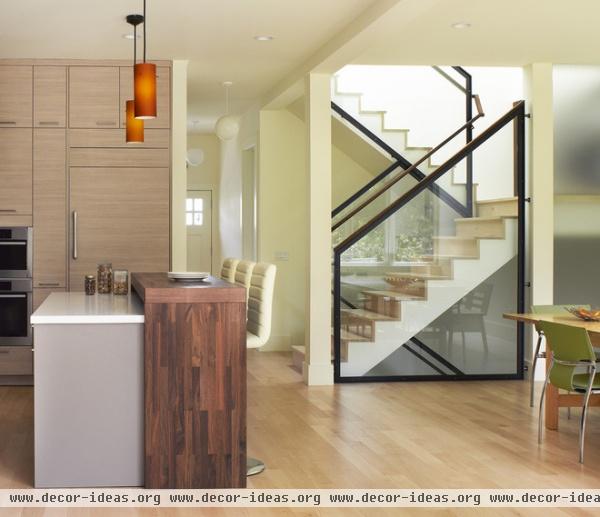
Electric or Hydronic?
First you need to know that there is a big difference between an electric system (based on electricity) and a hydronic system (based on water). Each system has its advantages and disadvantages; the type you choose will depend on your needs.
Generally speaking, a hydronic system would be more appropriate for a whole-house project.
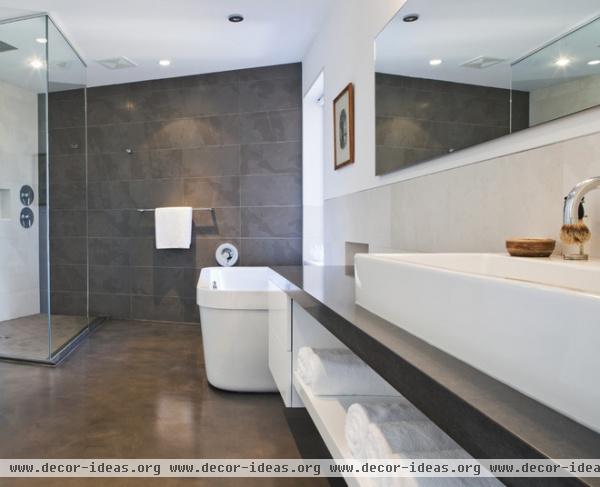
An electric system, on the other hand, would be more appropriate for a small area, like a bathroom.
Warm Up Your Bathroom With Heated Floors
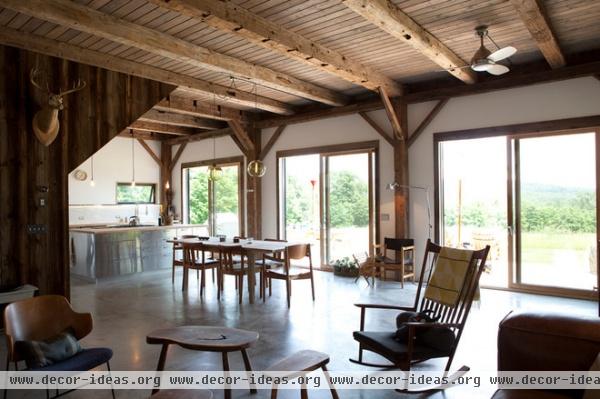
Keeping those two kinds of systems in mind, let’s take a look at some questions you should ask yourself before choosing a radiant system.
What is the thermal efficiency of your house? Let’s say there are three answers to this question:
Poor or standard: Your house was not designed with energy efficiency in mind. The building envelope has some leaks and is not particularly efficient. It meets the standard of most other houses.Good: Your house has above-average energy efficiency. It has either been remodeled or designed with certain energy consumption goals in mind, and performs fairly well.Excellent: Your house is highly sustainable. It is a certified Passive House, has received a high rating on the energy section of LEED or has met the high energy requirements of a state or local certification scheme. Your energy consumption rates are low relative to most other houses.
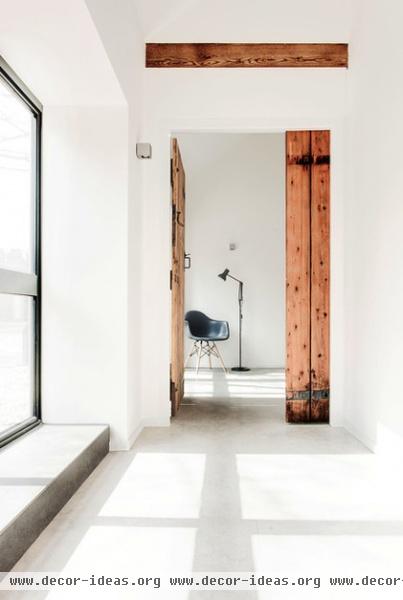
If your home falls in the first or last category, do more research before choosing radiant heating. Here’s why:
A poor or standard house with a poor thermal envelope will lose heat at a rapid rate. To compensate you’ll have to keep your radiant heating up to a very high temperature, but you’ll often never reach a temperature high enough to make the system efficient or keep the ambient temperature at a comfortable level. High temperatures in underfloor heating can cause circulatory health problems and can cause dust to rise up from the floor, affecting your indoor air quality. A radiant system runs best on low temperatures for extended periods of time.
On the opposite end, a highly energy-efficient house with an excellent thermal envelope won’t need radiant heating. It would be a cost with an extremely long payback period. Instead of whole-house radiant heating, perhaps consider localized systems in the bathrooms, just to have a nice warm spot for your feet when you step out of the shower. Anything beyond that may be a waste of money and resources.

New construction or remodel? In new constructions a popular choice is in-slab heating, fully integrated with the new slab of your house. In remodels, undertile or thin-profile hydronic systems may work better to minimize the additional thickness to your existing slab.
Vacation home or primary home? Because a radiant system relies on slowly changing the temperature of a space by heating or cooling a surface, it needs some time to do its magic. A weekend home would not benefit from a system like this, because you’d turn it on when you get there, and it would not start working until it’s almost time to leave. As I said before, a whole-house hydronic radiant system runs best at low temperatures all season long.
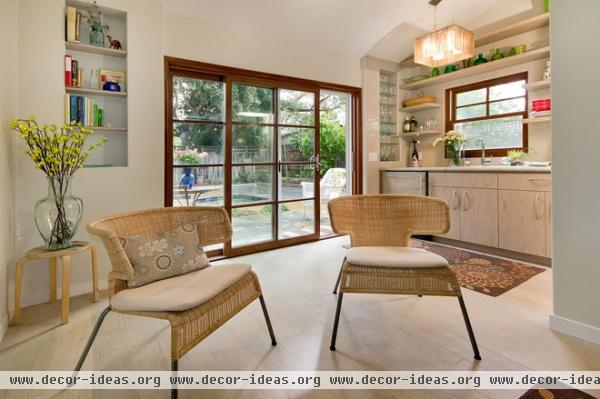
Walls, ceilings or floors? Radiant systems can be applied to any surface. Floors are simply the most common application. Walls are rarely done because you can’t put furniture or paintings up against it. However, a suspended wall, for example in a double-height area, could be an option. Ceilings work best for cooling, as opposed to heating, because cool air falls and hot air rises. Fitting the radiant system into the ceiling is usually done in commercial buildings, because the floors are used to house data cables and other infrastructure elements.
What flooring materials can I use? Ideally you want a flooring material that conducts heat quickly. Tile and concrete are often the first picks. That being said, many people prefer the look of hardwood floors. In that case consider wood-look ceramics before moving on to engineered woods specifically certified for underfloor heating.
Your turn: Do you have radiant heating or cooling in your house? We’d love to see some interesting applications of radiant systems in walls or ceilings. Show us in the Comments!












